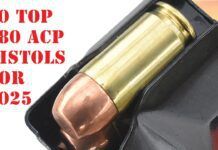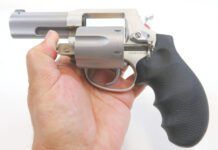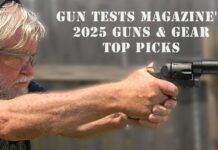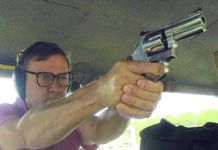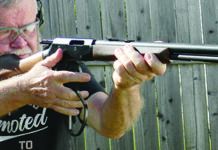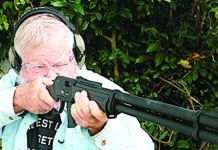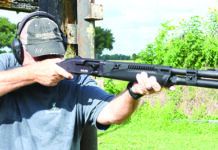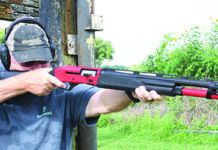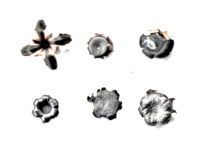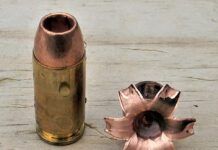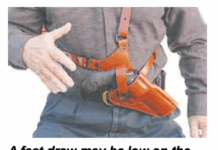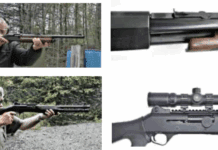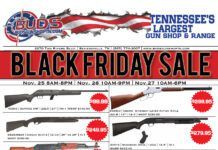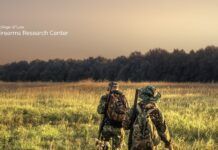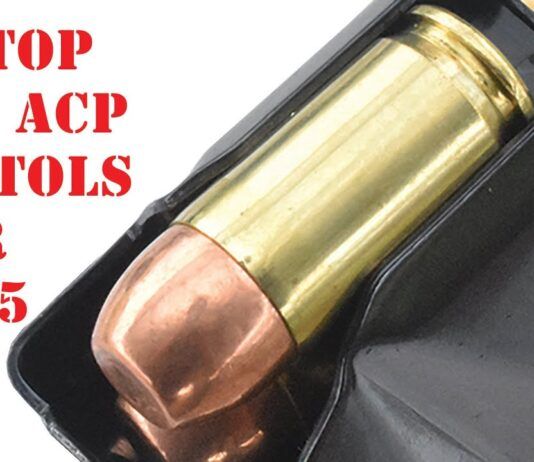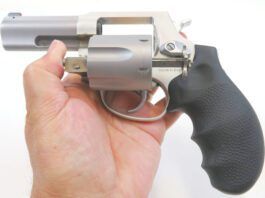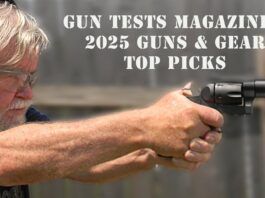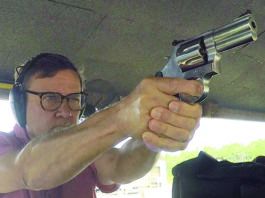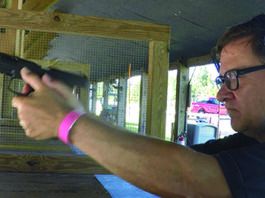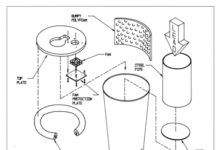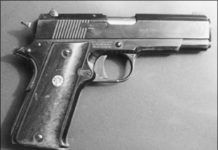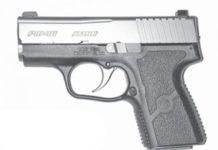Wild Bunch Holster Brings Practical Shooting Full Circle
Charter Arms Moves to New Expanded Headquarters
Michigan State House passes bill allowing concealed weapons in schools, day care centers, stadiums,...
Colt Black Army 1918 No. 01018 45 ACP, $1000
‘Armageddon Arsenals’ Debuts on Discovery
Manufacturing an In-Shop Shooting Drum
In the course of a typical day's gunsmithing, I test fire at least three weapons for such things as inconsistent primer ignition, failure to feed properly, and sear disengagement. With the cost of commercial bullet traps somewhere in the stratosphere, I had no choice but to make my own to keep costs down. My indoor trap, which I use for pistols and rimfire rifles, cost less than $25 to build. Even if you use brand new materials, it should cost less than $100.
Kimber SIS Custom RL 45 ACP
The Llama 1911 9mm Pistol: Common Problems and Simple Solutions
The Llama's firing mechanism differs considerably in detail from the 1911. The slide is the main area of interest. For illustration purposes, I chose a rather common Commander-length Llama in 9mm Luger. This pistol is a true compact, however, rather than a short slide on a full-length frame. The extractor is of the external type. There is no extractor tunnel in the slide and no firing-pin stop. While the elimination of the firing-pin stop and internal extractor may seem a good thing, if the treatment is not of high quality, then we have a problem. I've personally never seen a broken firing pin in a Llama pistol, but my friends in the gun-parts business have sold quite a few. On the other hand, I have repaired numerous extractors. The steel seems quite soft and new replacements are not easy to come by (though Gun Parts Corporation and Bob's Gun Shop are places to start looking). I have recut and reshaped these extractors, sometimes convincing the part to last for a time.
Kahr PM40 .40 S&W
A short while back Gun Tests magazine tested some pretty small 9mm pistols, by Kahr and by Rohrbaugh. They particularly liked the Kahr PM9's handling qualities, and the fact that it worked well as a back-up pistol. They noted Kahr produces a similar pistol in .40 S&W caliber, called the PM40. They decided it was appropriate to try one, because anyone who liked the PM9 would probably welcome more power in a package nearly as small.


